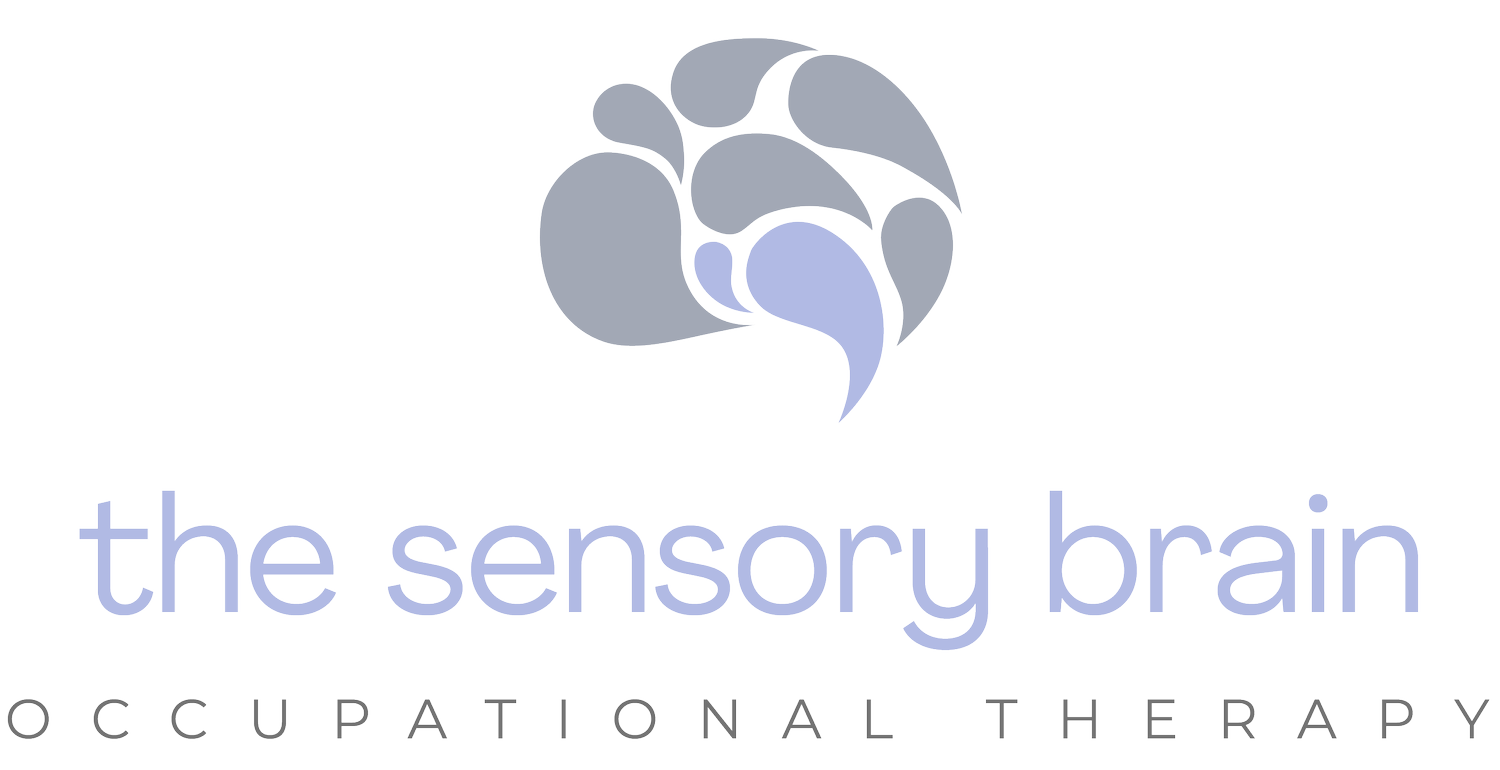
Safe and Sound Listening Protocol
The Safe and Sound Protocol (SSP) is an evidence-based listening therapy designed to reduce sound sensitivities and improve auditory processing, behavioral state regulation, and social engagement behaviors through filtered music.
How does it work?
-
✺
The Safe and Sound Protocol (SSP) is an evidence-based listening therapy designed to help regulate the nervous system, to help people better connect with themselves, others and the world around them. It helps to reduce sound sensitivities and improve auditory processing, behavioral state regulation, and social engagement behaviors through filtered music.
-
✺
The SSP involves listening to specially filtered music incrementally, totaling to 5 hours, through headphones alongside a provider, in-person, or remotely.
-
✺
As one completes successive listening sessions, the middle ear muscles are progressively trained to contract and tighten the eardrum, allowing middle frequencies of sound to be better perceived. These middle frequencies highlight the frequency range of human voice, sending cues of safety through the cranial nerves associated with the social engagement system.
Safe and Sound Protocol: Current Research
Social Outcomes of a Child with Autism Spectrum Disorder (ASD) Following a Listening Protocol
RESULTS: The results of this study show a range of significant differences within the categories of language, facial expression, listening and processing, emotional regulation, and behavior. Strong associations between the intervention and responses were found within all categories and phases of the study using Cramer’s V method. During the post-three-month phase, the mother of the 20-month-old child reported that her child was demonstrating better listening, social referencing, and turning and smiling in response to her name.
Mary Squillace, Alex Lopez & Kerri Cohn (2022): Social Outcomes of a Child with Autism Spectrum Disorder Following a Listening Protocol, Journal of Occupational Therapy, Schools, & Early Intervention, DOI: 10.1080/19411243.2022.2156425
Effects of the Safe and Sound Protocol TM (SSP) on Sensory Processing, Digestive Function and Selective Eating in Children and Adults with Autism: A Prospective Single-Arm Study
RESULTS: Using the Brain Body Center Sensory Scales (BBCSS) Assessment, the following findings from this clinical trial include:
Auditory hypersensitivities, auditory hypo-sensitivities to voices, visual sensitivity, and digestive problems all declined at the 1-week and 4-week follow-up assessments.
Tactile hypersensitivities and selective eating showed a significant decline at the 4-week follow-up assessment.
Heilman, K. J., Heinrich, S., Achermann, M., Nix, E., Kyuchukov, H. (2023). Effects of the Safe and Sound Protocol (SSP) on sensory processing, digestive function and selective eating in children and adults with autism: a prospective single-arm study. Journal on Developmental Disabilities, 20(1).
Effectively addressing attention and auditory processing in school-age children
RESULTS: Pre-testing, 0 of the 29 children had intact vestibular processing skills. Post-testing, all 29 were within normal limits.
Pre-testing, 28 of the 29 demonstrated ocular-motor deficits in the areas of visual pursuits, saccades and convergence/divergence skills. Post-intervention, 25 of the 29 demonstrated intact ocular motor skills. Post-intervention, 22 of the 29 children had auditory processing skills within normal limits.
Pre-testing, 7 of 29 children began this therapy on medication for attentional concerns. Post-testing, the medications for all 7 had all been discontinued.
Harper, J., and Weiner, A., L. (2010). Effectively addressing attention and auditory processing in school-age children
Advance OT (Occupational therapy) Magazine – January 4, 2010. Original article in Advance OT Magazine: http://occupationaltherapy.advanceweb.com/ebook/magazine.aspx?EBK=OT010410#/26/

